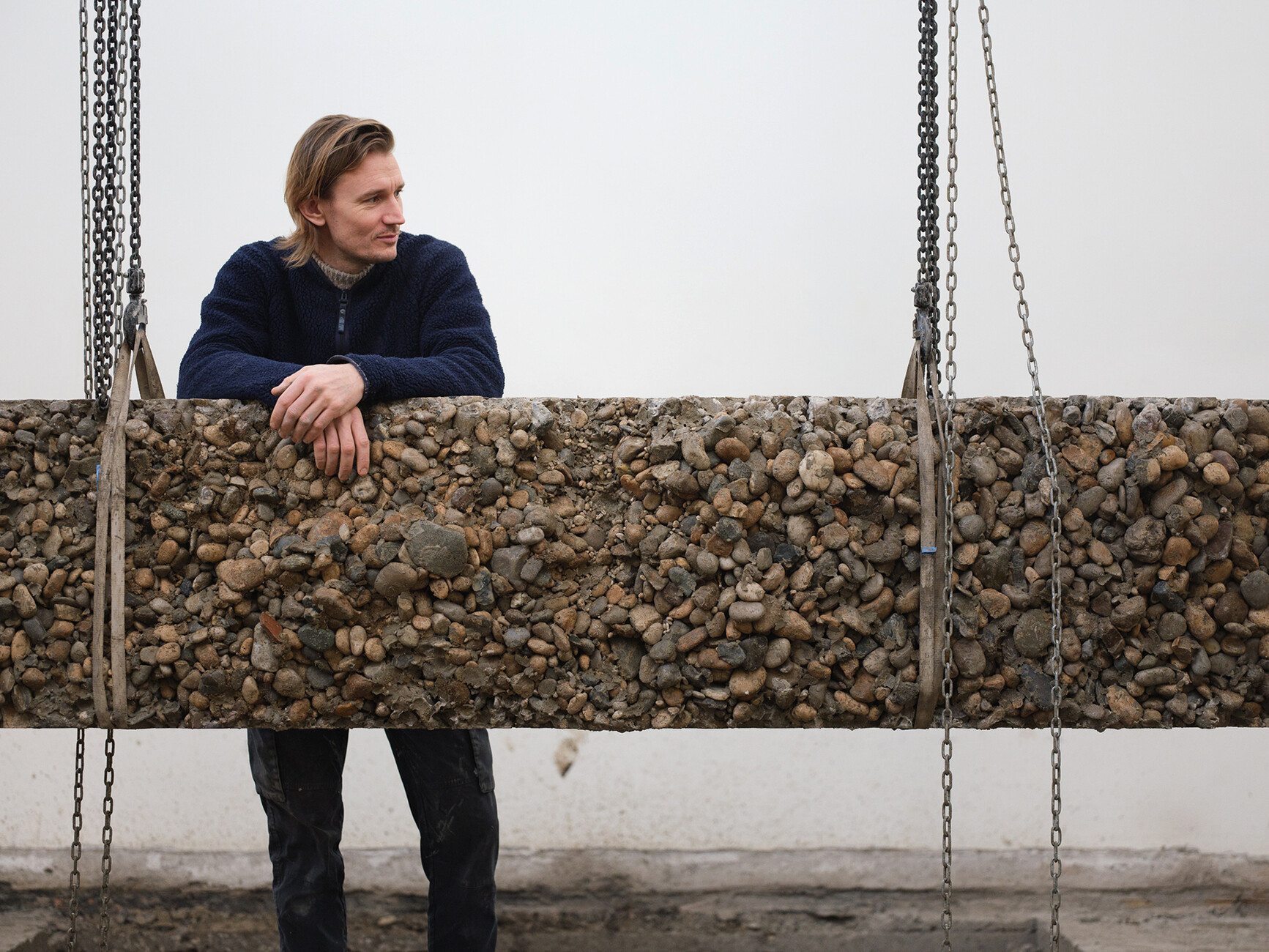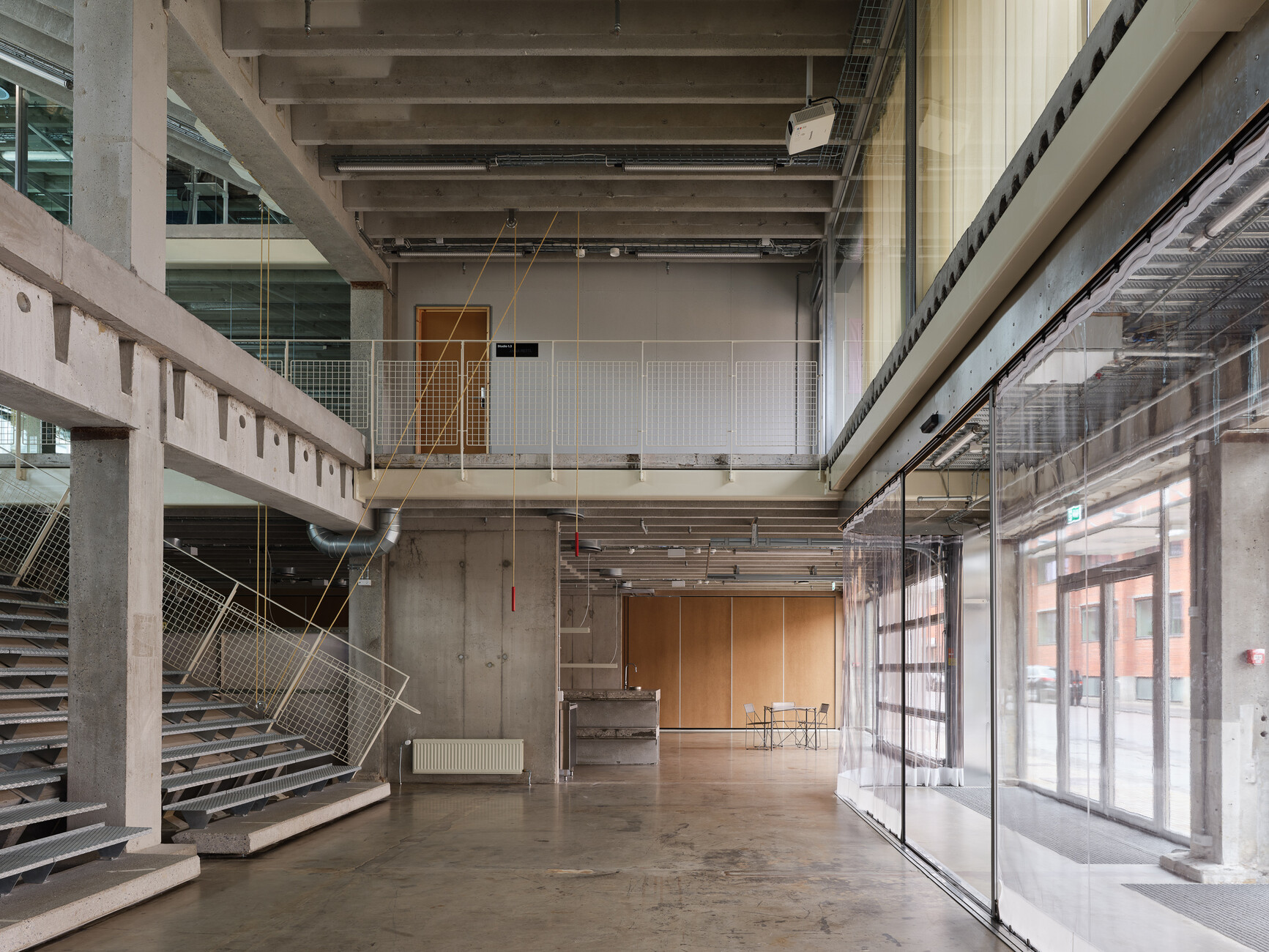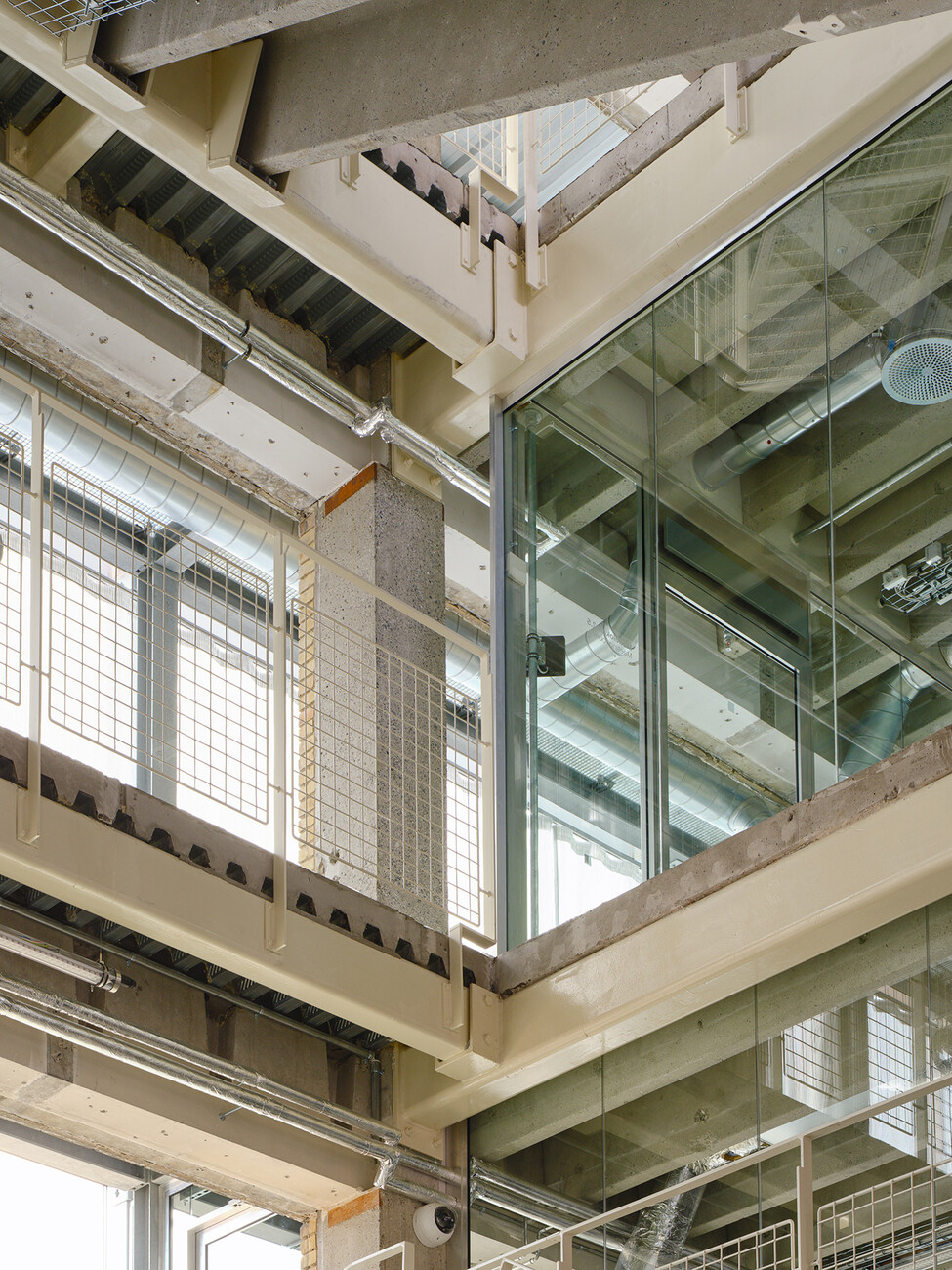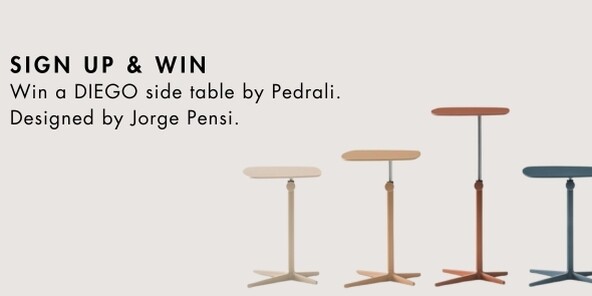The Value of the Existing
Sandra Hofmeister: As curator of this year’s Danish Pavilion at the Venice Architecture Biennale, you chose to showcase the construction site of the pavilion’s refurbishment. What inspired this approach?
Søren Pihlmann: Normally, I don’t curate exhibitions, I design buildings. And when I design, I always start with what already exists. For our proposal to the Danish Biennale Contribution, we asked ourselves: why not use the pavilion itself as the starting point? In researching the building, we came across a report written about a decade ago. It documented structural problems and urgent renovation needs, but for various reasons it was never acted upon. Funding is always crucial of course, and the Danish Pavillion has exhibitions every year, with a build up and take down period. That’s why timing is important as well. I decided to treat that report as a genuine call for renovation. At the same time, it was a chance to communicate an idea central to my practice: there is value in what already exists.
Your exhibition in the Giardini is titled “Build of Site.” You’ve sorted and displayed the pavilion’s own materials as the main exhibit, a bold statement for adaptive reuse at the Biennale.
Søren Pihlmann: As architects, we need to become much better at caring for the buildings we already have. Undertaking a full-scale, ongoing renovation was the perfect way to make that point. Because the pavilion is itself an exhibition space, we used it to test circular refurbishment methods. It became a kind of laboratory, reusing materials from the structure and from the construction site itself. The debris became part of the display. Everything shown is something that was already in the pavilion before we began.
Visitors encounter sand, stones, and fragments from the floors. How do you see the relationship between the exhibition and the refurbishment?
Søren Pihlmann: The project works on two levels: the permanent layer is the building itself, and the temporary one is the exhibition. What matters most to me is that visitors step into a space made entirely from what was already there, and finally there will be an upgraded space with a familiar appearance. The refurbishment and the exhibition are deeply interconnected: both are made possible through the other. While the exhibition formally closes in November 2025, it continues to manifest itself in the refurbished Pavillion even after that and for the next Biennales.
Is this also your general approach to deal with adaptive reuse?
Søren Pihlmann: Yes. I believe we need to see the potential in existing structures on every scale, not only entire buildings but also their components, even down to particles, binders, and material properties. Once you bring all of that into play, the possibilities multiply.
What role does “the existing” play in shaping future cities?
Søren Pihlmann: Traditionally, we value existing buildings mainly because it feels wasteful to demolish them. And I agree with that, but I think we can go further. When we design new buildings, we talk endlessly about context, how a structure relates to its surroundings. Yet we rarely talk about what’s already on the site. To me, the most important context is always the existing building itself. The wider surroundings come second.
Circular construction is often mentioned but rarely practiced fully. What is its significance in your eyes?
Søren Pihlmann: It’s essential for the future. The problem is that our legislation is written entirely with new buildings in mind. Transformations and adaptive reuse are forced to meet standards that were never set up for them but for new buildings. That often leads to awkward hybrid solutions that don’t really work. In a better system, legislation would begin with transformation as the norm, with additional clauses for new construction. We need to flip the hierarchy.
Each era has its own building methods and materials. How should that affect refurbishment?
Søren Pihlmann: The best way to repair a 1970s building is to look at the building code from the 1970s. It’s what we do with everything else, if you fix a car from that era, you use its original manual, not one from today. We need to understand the logic of the time in which something was built. Of course, we can sometimes upgrade components to improve performance, but that should be based on the building’s capacity, not on arbitrary requirements.
Can adaptive reuse be made easier and less restricted?
Søren Pihlmann: Yes, but it depends on how we set priorities. Take accessibility: if the law says thresholds can’t be higher than 15 millimeters, then many existing buildings become nearly impossible to reuse. We need to rethink what’s most important. If we don’t, demolition will always seem easier. To counter that, we must create real incentives for keeping existing structures.
Adaptive reuse is often more expensive than demolition and new construction.
Søren Pihlmann: True, but only if we approach it conventionally. Right now, we define our demands first, and then expect the building to fulfill them. Of course, it fails, so we add extra space or cut things away. But what if we reversed the process? Start with a close reading of the existing structure, and let that inspire what the building should deliver. That way, the structure itself shapes the brief.
Modern architecture has long worked from the “blank sheet” approach. Do you think the time has come for a paradigm shift?
Søren Pihlmann: I hope so. We need to get better at using what we already have, and we need to change the aesthetics around it. This isn’t about restraint, it’s about exploration. There’s a richness of opportunity in the existing, if we choose to see it.
You’ve also experimented with natural materials like hempcrete. Is this a new direction we should follow up for the future?
Søren Pihlmann: We’re working with a client who wanted to build with bio-based materials. Together with a Danish hemp supplier, we developed larger hempcrete elements, tested them for fire safety, and cast both interior and exterior walls entirely in hempcrete, finished only with limestone render. It’s a fascinating way to explore how organic materials can shape architecture.
One challenge with bio-based materials is that they aren’t as industrialized as conventional ones.
Søren Pihlmann: Absolutely, unfortunately. But nevertheless, they are clearly a growing business area with more and more suppliers entering the market. Demand is not yet strong enough, but that will certainly change soon.












